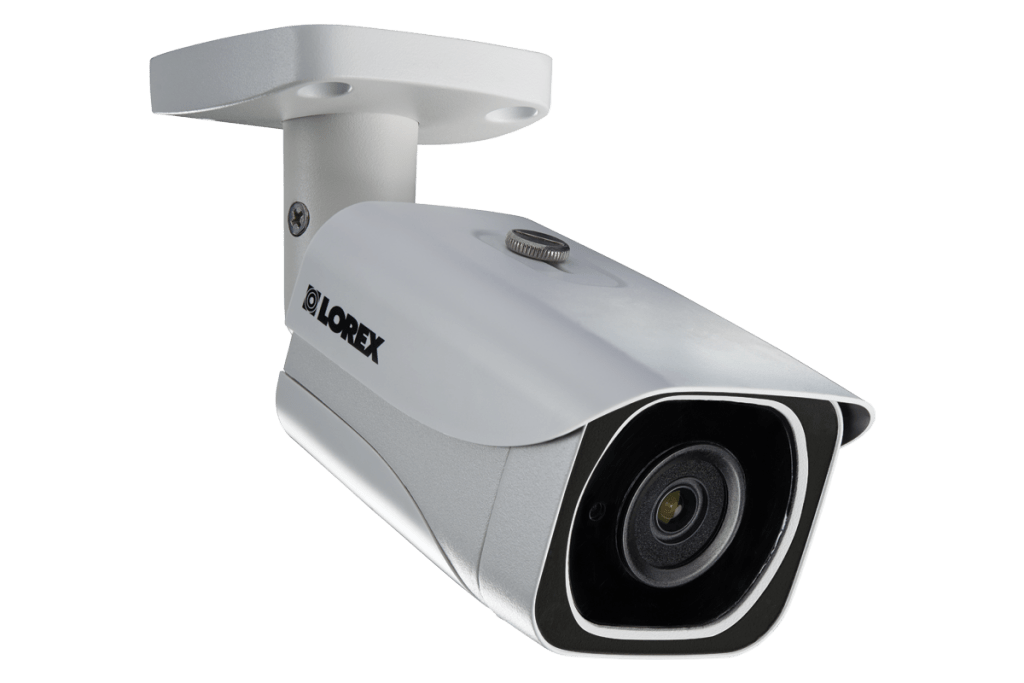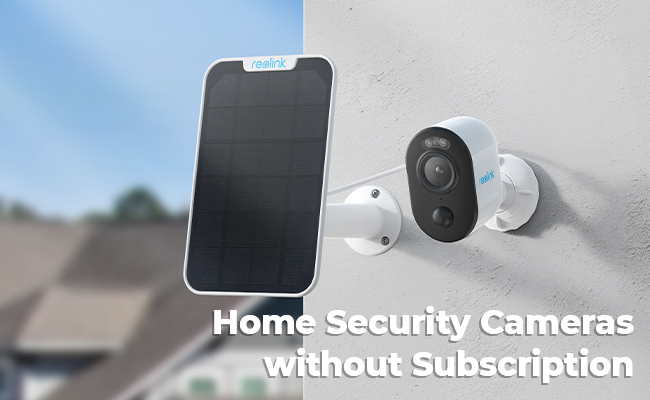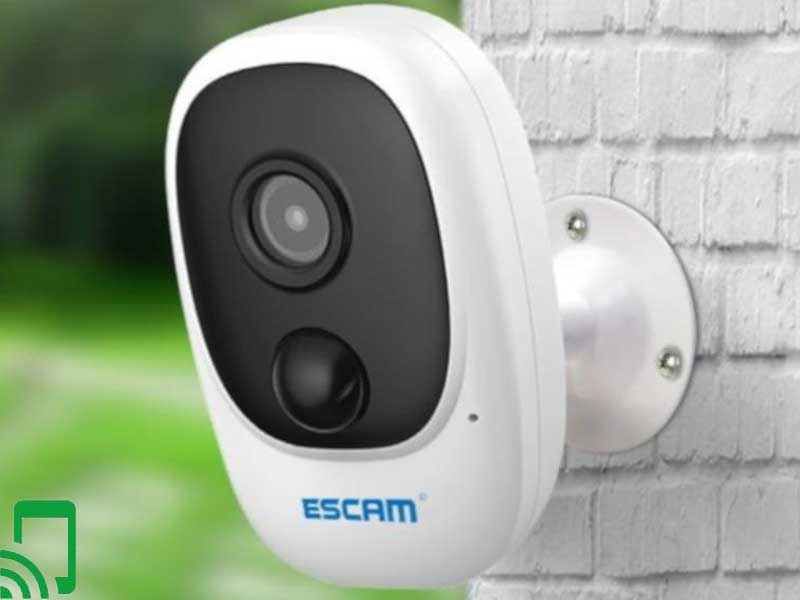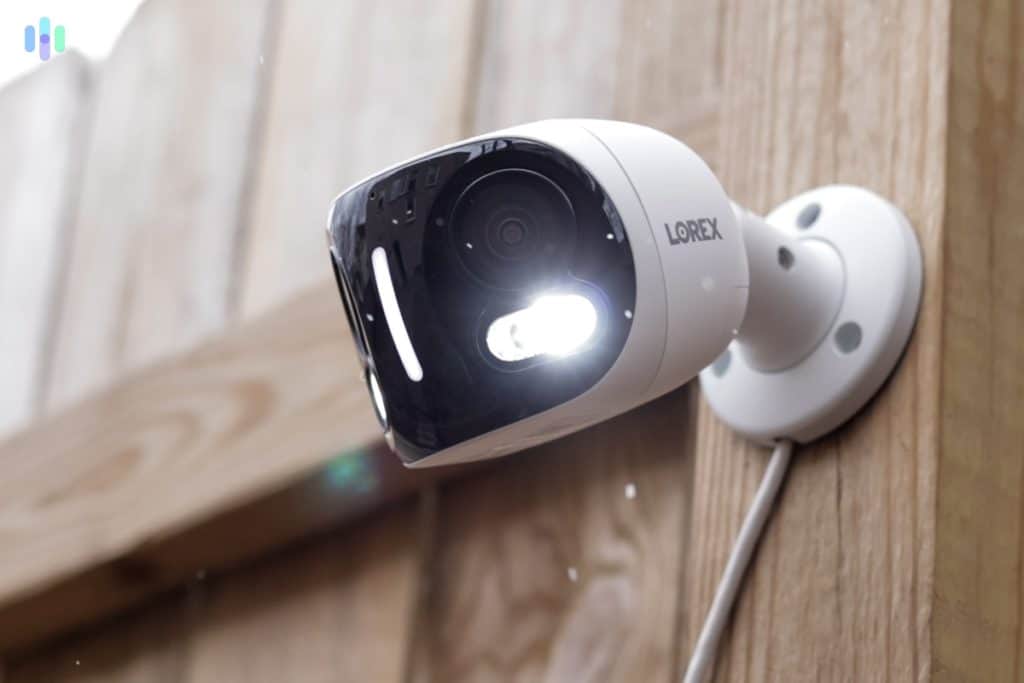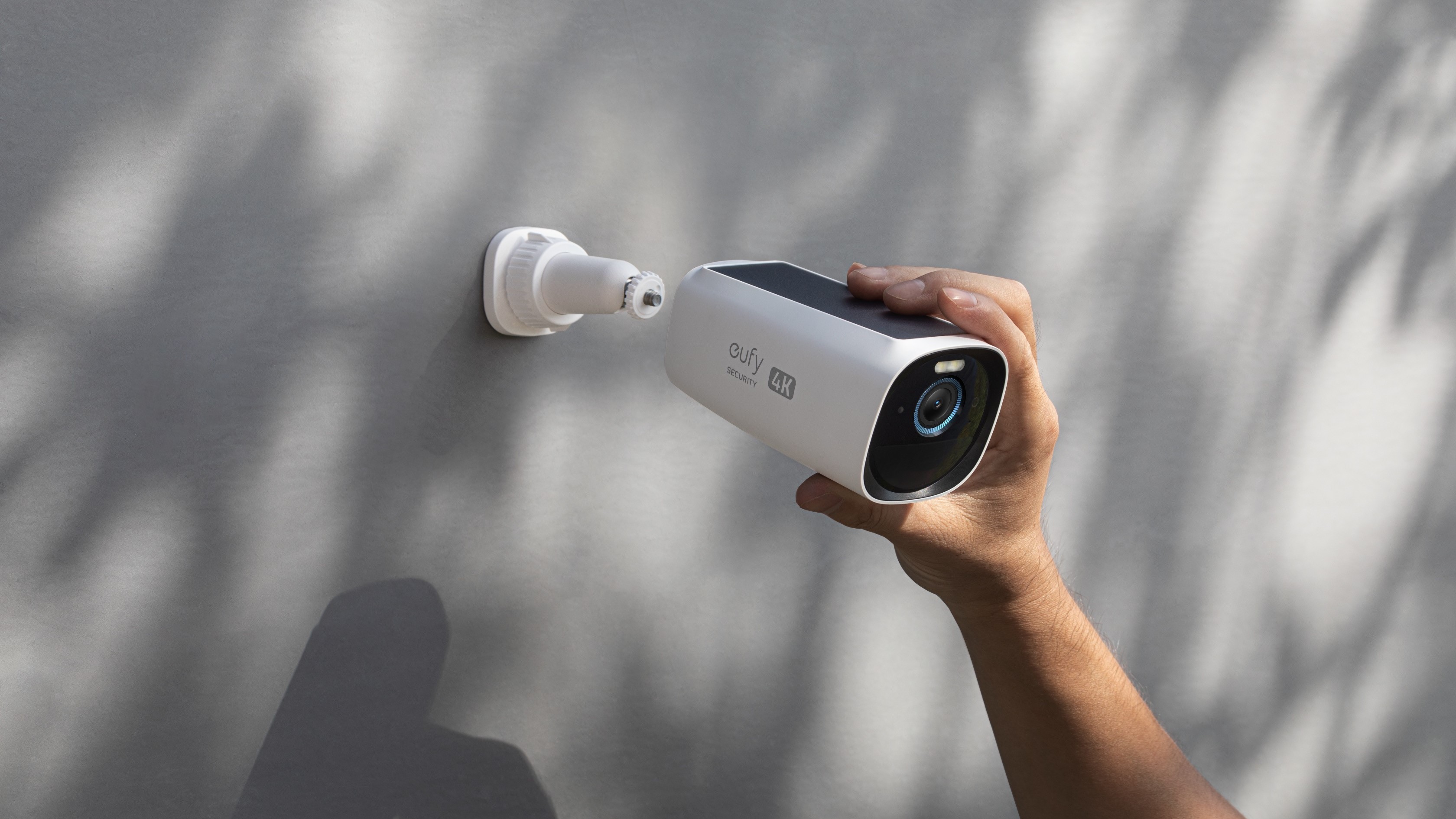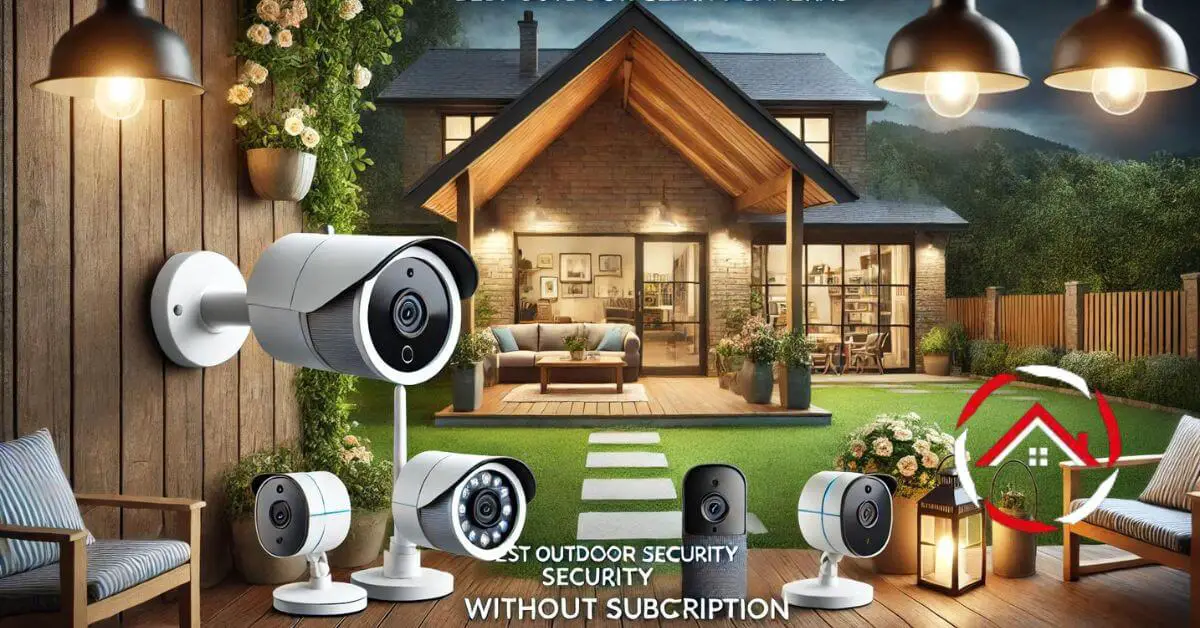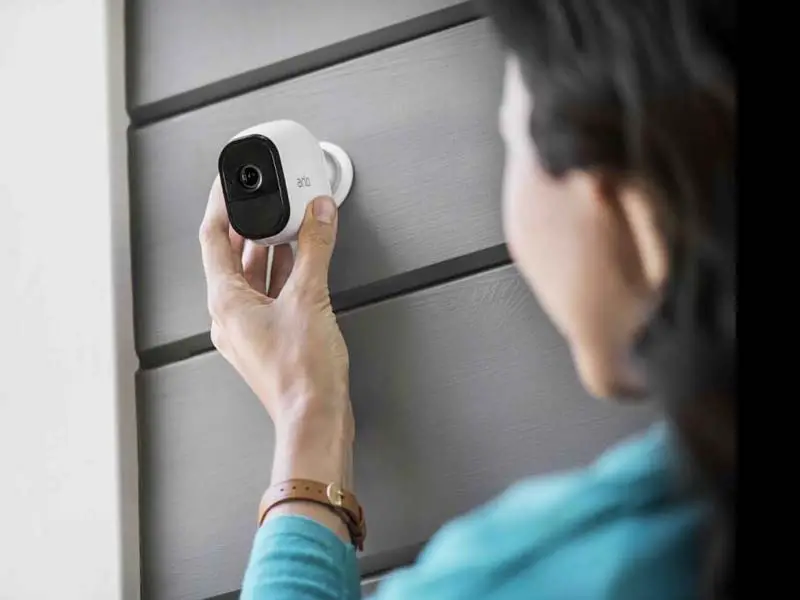What Security Cameras Work Without A Subscription
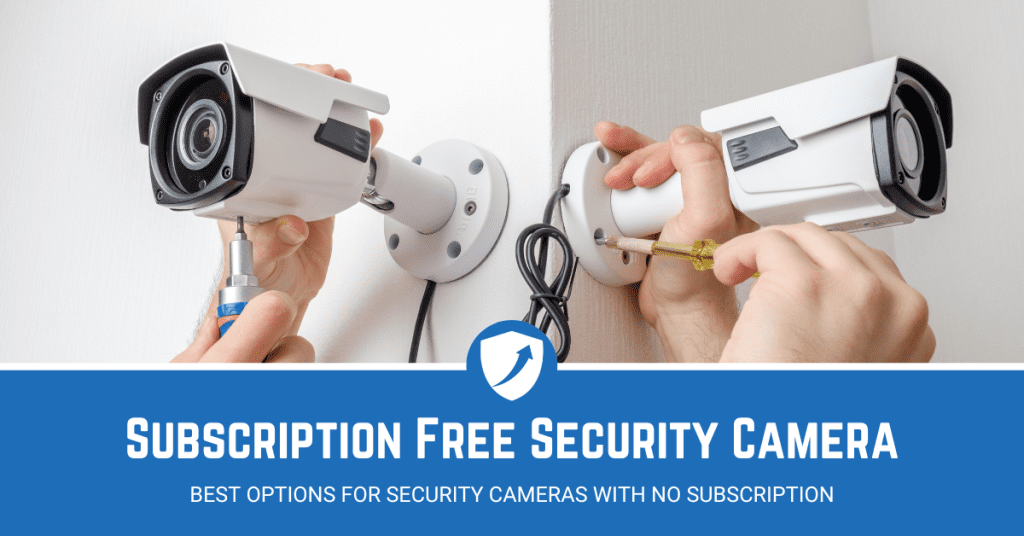
In an age where home security is paramount, the recurring costs of subscription services for security cameras can be a significant barrier for many homeowners and renters. The promise of constant vigilance often comes with a monthly fee, leaving consumers wondering if there are viable alternatives that offer robust security without the ongoing financial burden.
This article delves into the world of security cameras that operate without mandatory subscription plans, exploring their features, limitations, and how they compare to their subscription-based counterparts. We'll examine the technical aspects, discuss the varying storage options, and assess the overall value proposition of these subscription-free security solutions. Ultimately, the goal is to equip readers with the knowledge to make informed decisions about securing their properties without incurring recurring expenses.
Understanding the Landscape of Subscription-Free Security Cameras
The allure of subscription-free security cameras lies in their upfront cost savings. Instead of paying a monthly or annual fee for cloud storage and advanced features, users own the hardware and control their data locally.
This ownership model appeals to those who prioritize privacy and prefer to keep their video footage within their own network. However, it's crucial to understand the trade-offs involved.
Key Features and Capabilities
Subscription-free cameras often rely on local storage options like SD cards or Network Attached Storage (NAS) devices. This means video recordings are saved directly onto the device or a separate storage unit within the home network.
Many of these cameras still offer essential features such as motion detection, night vision, and two-way audio. They also typically allow remote viewing via a smartphone app, enabling users to monitor their property from anywhere.
However, some advanced features, like person detection, package detection, or extended cloud storage, may be absent or limited compared to subscription-based models.
Navigating Storage Options
Local storage is the cornerstone of subscription-free security camera systems. The most common option is using an SD card, which is inserted directly into the camera.
The storage capacity of the SD card determines how much video footage can be recorded before it needs to be overwritten or manually backed up. Larger capacity SD cards offer longer recording times but come at a higher cost.
NAS devices offer a more robust storage solution, allowing for larger storage capacities and potentially providing more secure storage within the home network. However, setting up a NAS can be more technically challenging and requires additional hardware investment.
Privacy Considerations
One of the primary benefits of subscription-free cameras is enhanced privacy. By storing video footage locally, users avoid uploading their data to a third-party cloud server, mitigating the risk of data breaches or unauthorized access.
However, it's essential to secure the local network and storage devices to prevent unauthorized access from within the network. Strong passwords and proper network configuration are crucial for maintaining privacy.
Additionally, users should research the camera manufacturer's privacy policies to understand how their data is handled, even if the video footage is stored locally.
Evaluating the Trade-Offs
While subscription-free cameras offer cost savings and increased privacy, they also come with certain limitations. The lack of cloud storage means that if the camera is stolen or damaged, the recorded footage may be lost.
Advanced features like person detection, activity zones, and intelligent alerts, which are often included in subscription plans, may be absent or less sophisticated in subscription-free models.
Furthermore, managing local storage can be more cumbersome than relying on cloud storage. Users need to manually manage storage space, back up footage, and troubleshoot any technical issues that may arise.
Top Subscription-Free Security Camera Brands
Several reputable brands offer security cameras that operate without mandatory subscriptions. Arlo, for example, offers certain models with local storage options and free cloud recording tiers for basic functionalities.
Eufy Security is another popular brand known for its subscription-free cameras with local storage and a range of features. Wyze also provides affordable cameras with SD card slots and free cloud storage for short video clips.
Researching the specific features and capabilities of each brand and model is essential to find the best fit for individual security needs.
Installation and Setup Considerations
Installing subscription-free security cameras can range from simple to complex, depending on the specific model and storage setup. Many cameras offer wireless connectivity and easy-to-use smartphone apps for initial setup.
However, setting up a NAS device or configuring advanced network settings may require technical expertise. Users should carefully review the installation instructions and seek assistance if needed.
Proper camera placement is crucial for optimal performance. Consider factors such as field of view, lighting conditions, and potential obstructions when choosing a location.
The Future of Subscription-Free Security
The demand for subscription-free security cameras is likely to continue to grow as consumers become more aware of the costs and privacy implications of subscription-based models. Manufacturers are responding by developing more sophisticated cameras with enhanced features and local storage options.
Advancements in artificial intelligence and edge computing are also enabling cameras to perform more complex tasks locally, reducing the reliance on cloud-based processing. This trend is likely to lead to more feature-rich and affordable subscription-free security solutions in the future.
Ultimately, the choice between subscription-based and subscription-free security cameras depends on individual needs, priorities, and technical capabilities. By carefully evaluating the features, limitations, and storage options, consumers can make informed decisions about securing their homes without breaking the bank.






